There’s been some good progress since this project was first introduced. All the laser cut plates have now been welded together, the progress of which can be seen in the following photographs. The last plate to go in was the bolster lower closing plate, after the internal gussets were fitted.
Above you can see a typical example of the many plate edge preparations required to fully weld the whole bogie frame.
Below, the bracket that secure the centre brake hanger in place. The original was a forged bracket, riveted in place; it’s replacement is a pair of laser profiled plates which slot into openings in the bogie frame before being welded in place.
As mentioned previously, the fabricated horns are welded into the frame to increase strength and rigidity. The wear faces have been replaced with removable, case hardened steel liners, attached with countersunk socket head screws.
Puffing Billy currently has two different bogie axleboxes, fitted with plain bearings or roller Bearings. They both require different levels of clearance to perform correctly, and therefore we have designed two different wear liners in order to be able to accommodate either type.
With welding complete, the next task was machining slots to accept the locating lugs on the centre (pivot) plate, and drill holes to attach brake hangers and side bearers.
Whilst in hindsight this should probably should have been done prior to welding, we weren’t sure exactly how some of the parts would be finally fitted.
Luckily we could ‘just’ fit the frame into our big milling machine (above) in order to machine the two slots (below).
With the centre plate bolted in place (above), the next task was to trial fit the axleboxes to check clearances.
First though, we had to adjust the horn faces to bring them back to parallel, some distortion having occurred during the welding process.
Below, a hydraulic jack is used to align the faces before heating the top corners with a gas torch and leaving them to cool slowly. This has the added benefit of reducing a certain amount of stress in the steel which has built up during welding.
At the end of the day the bogie sits on its wheels in Belgrave yard, having been ceremoniously pushed up and down the rails inside the workshop.
Below, all the brake components have been procured, and attached; now complete, we hope to attach a suitable piece of rolling stock to the bogie and put it through some trials.
